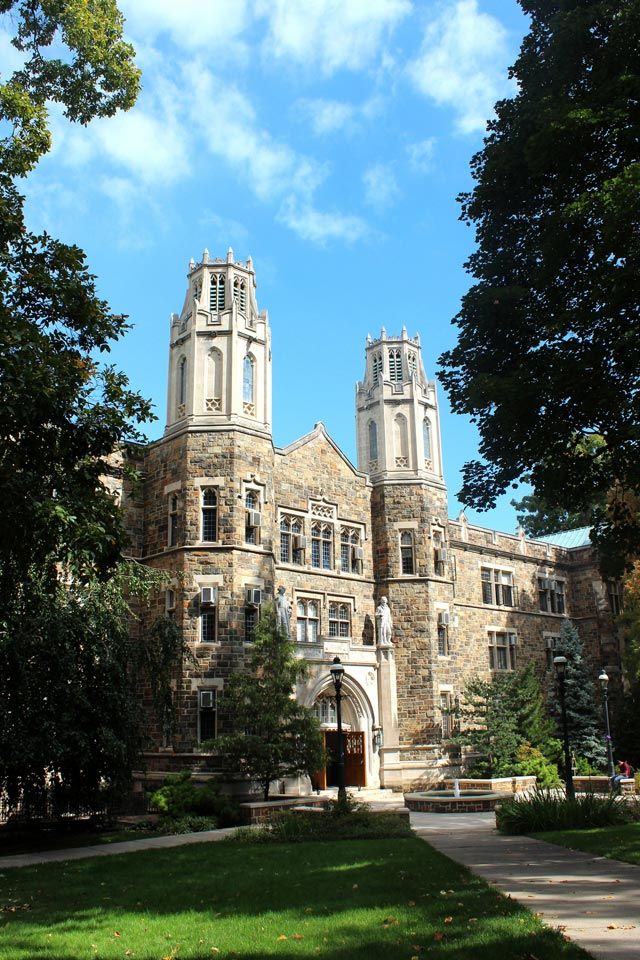Engineers optimizing the performance of a manufacturing plant seek to produce the greatest number of products at the least expense while meeting quality and safety standards.
The operators of an electrical power plant, by contrast, deal with variables and constraints that change rapidly and continuously, including the availability and cost of fuel sources and constantly fluctuating customer demand.
Software programs based on classical algorithms are well-suited to solve the first problem, says Frank Curtis, but their effectiveness is limited with the kind of dynamic optimization challenge posed by power plants.
Curtis, an assistant professor of industrial and systems engineering, recently received a five-year Early Career Research Program Award from the U.S. Department of Energy to develop dynamic, scalable algorithms for large-scale constrained optimization problems.
The grant will enable Curtis and his students to develop algorithms, or step-by-step mathematical methods, and work with researchers at DOE’s Argonne National Laboratory to implement them in software that monitors and controls processes in complex systems.
The algorithms will also be used in software that solves design problems for systems that work in uncertainty.
“Our goal,” says Curtis, “is to solve problems that require the use of continuous nonlinear optimization techniques. These problems include the design and construction of a network that has to be able to make countless decisions in real time.
“Another application would be chemical plants that have to monitor many factors at many stages of various processes.”
Classical algorithms have long been used to solve nonlinear optimization problems, says Curtis, but they are not designed for real-time decision-making.
“Classical algorithms were never intended to be flexible or fluid. Dynamic algorithms are far more practical for modern problems that need to be solved continuously and in sequence. Our goal is to keep the parameters in a complex process in balance like the cruise control on a car.
“The key features of these new algorithms are that they will be fast, dynamic, and scalable to meet the computational requirements of scientists and researchers working to optimize large-scale, complex systems.”
The DOE award is the second major grant Curtis has received in the last three years. In 2010, he received a three-year single-investigator grant from the National Science Foundation to develop nonlinear optimization algorithms for large-scale and nonsmooth applications.
Curtis, who has five Ph.D. students, collaborates with researchers at Johns Hopkins University, the University of Washington and Northwestern University.

